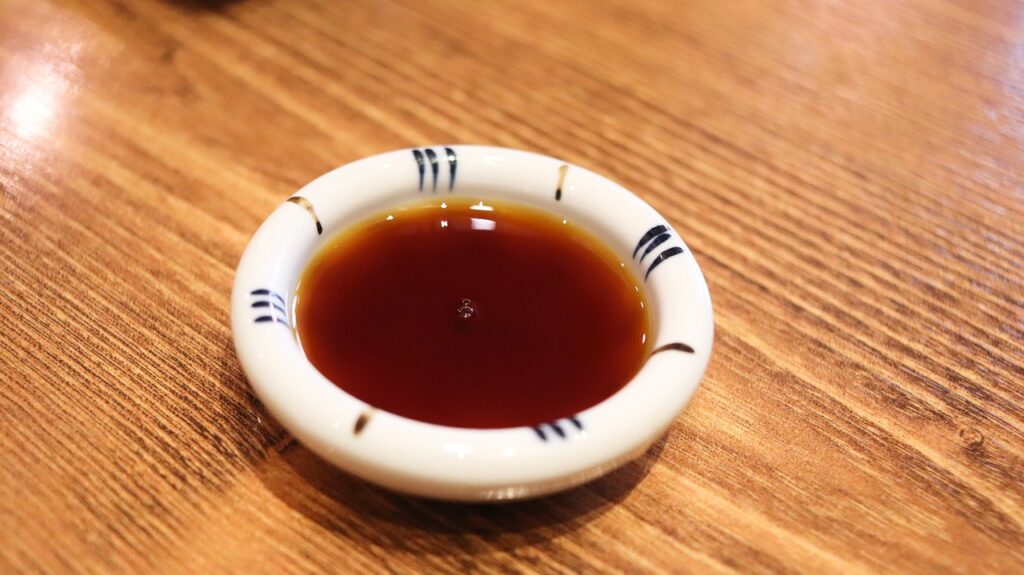Essential Ingredients for the Korean Kitchen

The global popularity of Korean pop culture, K-dramas, and movies has undoubtedly piqued interest in Korean food. Seeing these delicious dishes enjoyed on-screen naturally sparks curiosity and a desire to try them. There is a good reason to try Korean food as the cuisine is vibrant, diverse, and healthy.
If you are just dipping your toes into the world of Korean food, it may feel overwhelming to navigate your local Asian market or grocery store. Do not fear, as we are here to help. This brief guide will assist you with the essential ingredients to keep on hand in order to make delicious Korean dishes at home.
This list comes from my husband, Joon. As someone who cooks every day at home, he usually buys these items in bulk. The good news is that most of these items can be found at your local grocery store. Walmart and Amazon also offer delivery options for some of these slightly harder-to-find items that we will note here.
With this list, we want to show that Korean food can be accessible and easy to make for everyone.
Essential Pantry Items
Gochugaru (Korean chili flakes): This is the heart of Korean cooking. This lively red powder adds depth and spice to stews, soups, and sauces. Sprinkle it on your food for an instant flavor boost. Beware, a little bit goes a long way.
Soy sauce is a cornerstone, adding depth to soups, seasonings, and countless dishes with its signature salty. While options abound, we use basic soy sauce (진간장), like Kikkoman. It is easily accessible and universally beloved. Don’t hesitate to embrace non-Korean brands for equally delicious results. Tamari is a great gluten-free alternative to regular soy sauce. Coconut aminos is soy-free and gluten-free option.

White Medium-Grain Rice: Rice is another staple pantry item. We use a rice cooker to make the process easier. It is hard to find rice from Korea where we live. Usually, we purchase Botan or Nishiki at our local store or online.
Gochujang (Korean chili paste): A fermented soybean paste blended with gochugaru (Korean chili flakes), barley malt, and sweet rice. This thick paste adds spice to many types of Korean dishes.

Doenjang (Korean soybean paste): This is like gochujang but without the chili flakes. It is made of fermented soybeans and salt. Doenjang has a lot of umami (savory, brothy, meaty) richness like Japanese miso. In my opinion, doenjang has a stronger taste than miso because the product is typically fermented longer than miso. The texture of doenjang may also be thicker than miso paste. We use it in stews, soups, or marinades.
Sesame oil: This item consists of toasted sesame seeds pressed into oil. Sesame oil adds a nutty aroma and rich flavor to everything. This oil can be added to noodles, stir-fries, dipping sauces, and bibimbap. Just a little bit can elevate a dish from good to great!
Rice vinegar: Adds a tang and acidity to marinades, and dipping sauces.
Dried Kelp and Dried Anchovies: This combination is most frequently used to make soup broths and bases. This duo of ingredients is simmered in water to create a flavorful broth called “dashima myeolchi yuksu” (kelp and anchovy broth) in Korean.
Essential Fresh Items:
Garlic: This is the backbone of Korean food as it is almost always used in soups, marinades, chili/soybean pastes, stir-frys, and sauces. Garlic adds depth and complexity to any dish. In most cases, we cook with minced garlic.

Kimchi: The most iconic Korean food is kimchi. It can be served as a side dish (banchan) or as part of a main dish. Kimchi is a traditional fermented food usually made from napa cabbage and radish (daikon) with a flavorful paste of gochugaru (Korean chili flakes), ginger, and garlic (just to name a few). It is spicy, tangy, and rich in probiotics.
Over the past few years, we have found packaged kimchi to be much easier to find at local grocery stores in the southeast (USA). Publix, Food Lion, Walmart, Trader Joe’s and Target all sell kimchi. We really like the Jongga brand.

Ginger: Like garlic, ginger is also commonly used in similar ways. Ginger adds warmth and depth to any dish. Koreans also enjoy ginger snacks and teas. We usually mince or grate ginger in our recipes.

Green onions: These are used for garnishing, adding freshness, and flavoring broths and sauces. Koreans use both the white and dark green parts of the onion.
Onions: White onions are commonly used in Korean meals. Milder yellow onions and sweet onions are also common.
Pears, pineapples, and apples are common fruits generally used for Korean food. They are mostly used for making sauces. They have a natural flavor that a regular sweetener cannot always deliver.
It is important to note that Korean pears differ from American pears. The Korean version is larger and round with light brown skin. The inside is mildly sweet and has a granular texture like an apple.

Corn syrup: This can also be used for making sauces. This syrup contains sugar, but it is not as sweet as regular sweeteners. It can provide a nice thicker texture to your food. We usually buy the Karo brand which is easily available at Walmart and online.
Chicken Powder (bouillon) is a type of ingredient that creates an umami flavor (savory, brothy, meaty). Joon believes that the chicken powder at your local store will be enough for you to try Korean food at home. We use Knorr: Chicken Bouillon Flavor.
SouthernSeoulmates is a participant in the Amazon Services LLC Associates Program. As an Amazon Associate, our website earns from qualifying purchases.

2 thoughts on “Essential Ingredients for the Korean Kitchen”